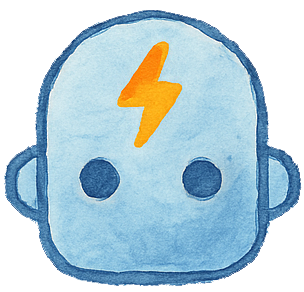Unplugged Coding for Kids Is Not Just About Screens
In my work as a developer, I spend a lot of time solving problems long before I write any actual code. Coding is about thinking. It’s about breaking big problems into smaller steps, finding the right order, and spotting mistakes. That kind of thinking doesn’t need a screen to start.
When I teach my kids, I start with unplugged coding for kids. These simple, hands-on activities build the exact problem-solving habits I use every day.
Clear Instructions Matter
When I write code, the computer only does exactly what I tell it. No guessing. No filling in the blanks. The instructions have to be:
- Clear
- Complete
- In the right order
I explain this to kids by giving them simple tasks, like making a sandwich or brushing teeth. If they skip a step, the “program” breaks. This helps kids see how important it is to plan every move.
Debugging Happens Everywhere
In real coding, I constantly fix mistakes. I run code, see what fails, and adjust. That is debugging.
I present it like this: If you accidentally put peanut butter on the outside of the sandwich, you need to figure out what went wrong and fix it. Unplugged coding for kids lets them practice debugging with real objects. They learn that mistakes are normal and fixing them is part of the process.
Sequence Builds Logic
Coding is a series of steps. Get the order wrong, and the whole thing fails. That’s true whether you’re writing a login system or tying your shoes.
I use activities like:
- Laying out cards with steps to complete a task
- Rearranging jumbled instructions
- Acting out step-by-step games
This helps kids see how important sequence is in any set of instructions.
Algorithms Start Simple
When I build software, I use algorithms. That sounds fancy, but it really means a set of steps to solve a problem.
I explain it to kids like this: “An algorithm is your plan. It tells the computer exactly how to do something.”
Unplugged coding for kids lets them build simple algorithms for real-life tasks. They see how planning and problem-solving work together.
Real Thinking. No App Required.
The best part is that unplugged coding feels like play. But underneath, kids are learning how to:
- Plan ahead
- Think in steps
- Fix mistakes
- Test ideas
These are the same skills I use every day as a developer.
You don’t need a laptop to build real developer thinking. You just need clear activities, simple instructions, and a chance for your kids to try, fail, and fix.
How to Get Started with Unplugged Coding Activities
If you’re ready to try unplugged coding for kids, you don’t need fancy supplies. Most activities use everyday items you already have at home. Start small:
- Write out step-by-step routines like making a sandwich
- Use cards or sticky notes to build simple sequences
- Act out “robot” instructions where kids follow your code
I’ve created an Unplugged Coding Activity Pack with ready-to-go printables you can start using today. These activities are exactly how I teach my own kids at home. They build real developer thinking through fun, hands-on problem-solving.
More Unplugged Coding Ideas to Explore
If you want even more unplugged coding for kids, there are great resources available. One I recommend is CS Unplugged, which shares free activities based on real computer science concepts. You’ll find simple, hands-on exercises that help kids learn core skills like sorting, binary numbers, and algorithms without any screen time.


Leave a Reply